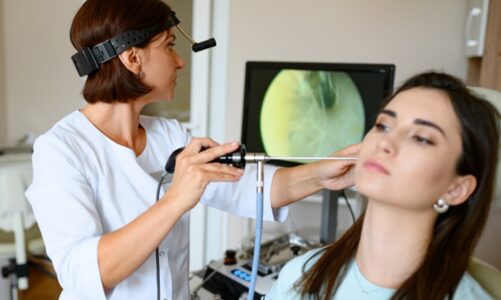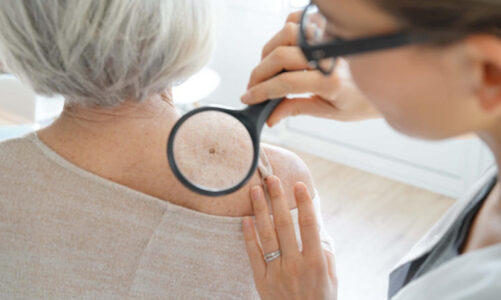Cortisone shots, also known as corticosteroid injections, have long been used as a standard treatment for pain and inflammation associated with various musculoskeletal conditions. While they can provide temporary relief, they come with potential side effects and limitations.
As patients and healthcare professionals seek safer and more effective treatment options, non-invasive alternatives to cortisone shots are gaining popularity. These alternative therapies offer a healthier path to pain relief without the risks associated with injections. Let’s explore some of these non-invasive alternatives and their potential benefits.
- Physical Therapy and Exercise
Physical therapy and exercise are fundamental components of non-invasive pain management for a wide range of musculoskeletal conditions. A skilled physical therapist can develop a personalized treatment plan that includes exercises to strengthen muscles, improve joint flexibility, and enhance overall mobility.
Physical therapy can be particularly beneficial for conditions such as arthritis, tendonitis, and back pain. By addressing the underlying causes of pain and promoting proper body mechanics, physical therapy can provide long-term pain relief without the need for cortisone shots.
- Acupuncture
Acupuncture, an ancient Chinese therapy, involves the insertion of thin needles into specific points on the body to stimulate energy flow and promote healing. While the exact mechanisms of acupuncture’s effectiveness are not fully understood, research suggests that it may trigger the release of natural pain-relieving chemicals in the body.
For individuals seeking non-invasive alternatives to cortisone shots, acupuncture can be a promising option. It is generally well-tolerated and has been shown to provide relief for conditions such as osteoarthritis, migraines, and chronic pain.
- Platelet-Rich Plasma (PRP) Therapy
Platelet-Rich Plasma (PRP) therapy is a cutting-edge treatment that utilizes the body’s natural healing properties to reduce pain and promote tissue regeneration. The procedure involves drawing a small amount of the patient’s blood, processing it to concentrate platelets and growth factors, and then injecting the PRP into the affected area.
PRP therapy has shown promise in treating conditions like tendon injuries, osteoarthritis, and ligament sprains. Unlike cortisone shots, PRP therapy addresses the root cause of the problem, stimulating the body’s repair mechanisms for long-term pain relief.
- Topical Medications
For localized pain and inflammation, topical medications can offer a non-invasive and targeted approach to pain relief. Topical creams, gels, or patches containing nonsteroidal anti-inflammatory drugs (NSAIDs) can be applied directly to the skin over the affected area.
These topical medications can be effective in reducing pain and inflammation without the systemic side effects associated with oral NSAIDs. They are commonly used for conditions such as tendonitis, bursitis, and minor arthritis pain.
- Heat and Cold Therapy
Heat and cold therapy are simple yet effective non-invasive techniques for managing pain and inflammation. Applying heat to an affected area can help relax muscles, improve blood flow, and ease pain. On the other hand, cold therapy can reduce inflammation and numb the area to provide relief.
These therapies can be used alone or in combination with other treatments to enhance their effectiveness. They are particularly useful for acute injuries, such as sprains and strains.
- Chiropractic Care
Chiropractic care focuses on the relationship between the musculoskeletal system and overall health. Chiropractors use manual manipulation techniques to realign the spine and other joints, which can help relieve pain and improve joint function.
Chiropractic care has shown promise in managing conditions like back pain, neck pain, and certain types of headaches. It offers a non-invasive and drug-free approach to pain relief that can complement other treatment modalities.




